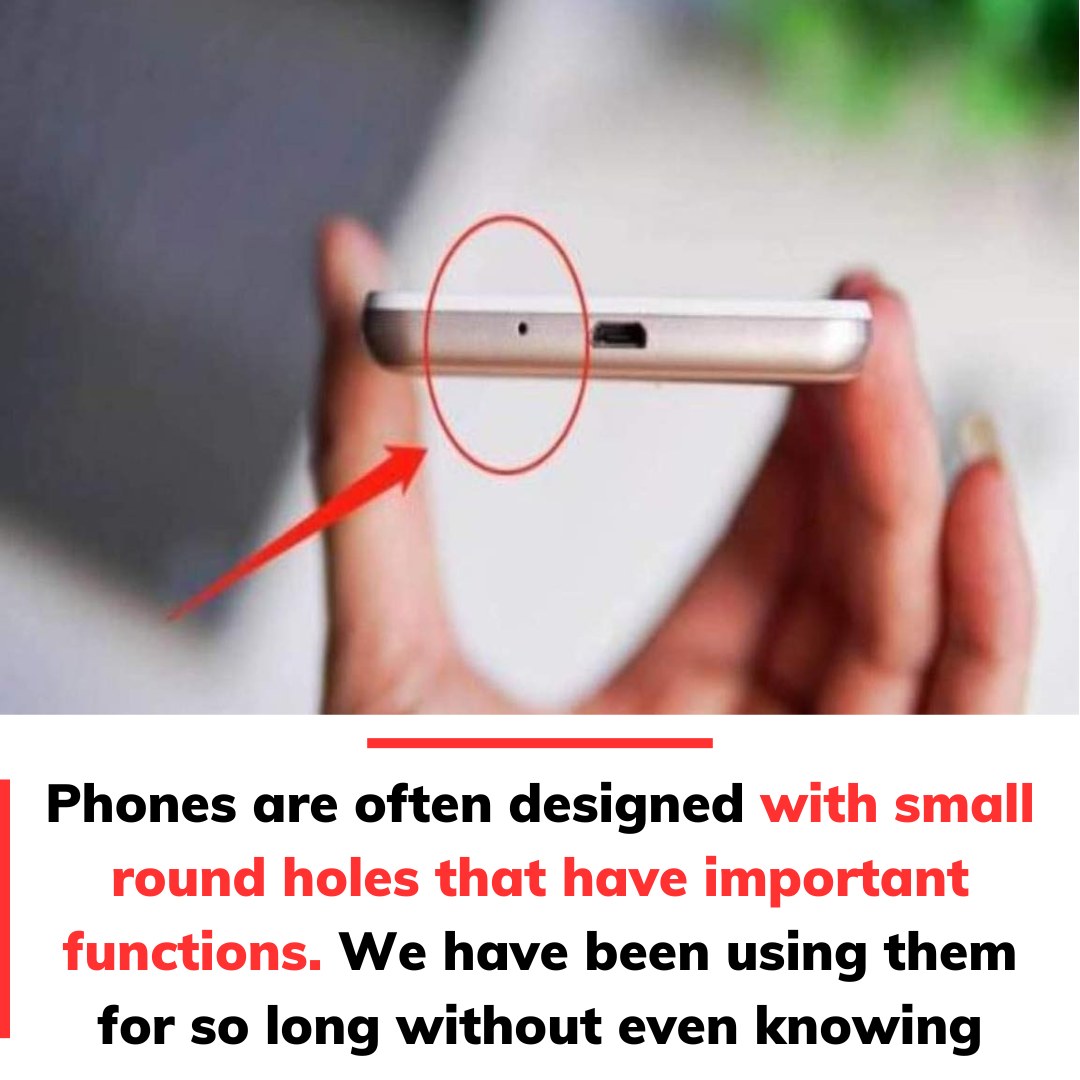Have you ever noticed the small, round hole on the top or back of your smartphone and wondered what it’s for? At first glance, it might seem like a random design choice or a mysterious part of your phone’s hardware. But in reality, this tiny hole serves a significant purpose—it houses the secondary microphone, a crucial component responsible for noise cancellation during phone calls. Without it, your conversations would be filled with background noise, making it difficult for anyone on the other end to hear you clearly. It’s a feature most people overlook, yet it plays an essential role in ensuring smooth and effective communication in our modern world.

Smartphones today typically come equipped with not one but two microphones: a primary microphone at the bottom of the device and a secondary microphone, usually located at the top or near the camera. These two microphones work together using dual-microphone noise cancellation technology to deliver crystal-clear audio. The primary microphone focuses on capturing your voice when you speak directly into your phone. Meanwhile, the secondary microphone is designed to pick up environmental sounds, such as traffic noise, chatter in a coffee shop, or the whir of an air conditioner. While one mic focuses on your voice, the other filters out the unwanted noise, ensuring that your voice remains sharp and clear even in chaotic environments.
The science behind this is both simple and sophisticated. When you speak into your phone, the primary microphone captures your voice in detail. Simultaneously, the secondary microphone records the ambient noise surrounding you. Your phone’s internal software processes these two audio signals, compares them, and uses advanced algorithms to isolate your voice from the background sound. The result? A seamless phone call where your voice stands out, and the distractions fade into the background. This clever technology is especially handy in today’s fast-paced world, where phone calls rarely happen in perfectly quiet settings. Whether you’re walking through a crowded street, taking a call in a bustling café, or navigating a noisy airport, the secondary microphone ensures that your voice remains clear and consistent.
But the benefits of this little microphone extend far beyond phone calls. It also plays a vital role in enhancing other smartphone features. When you give voice commands to virtual assistants like Siri, Google Assistant, or Alexa, the secondary microphone ensures that your instructions are heard accurately, even if there’s background noise. Similarly, when recording videos, this microphone helps capture cleaner and more polished audio by filtering out unnecessary sounds. Whether you’re filming a quick vlog, capturing a family moment, or shooting content for social media, this tiny microphone ensures that the audio quality matches the clarity of your video. Additionally, if you’re using your phone to record voice memos or a podcast, the secondary microphone enhances the audio clarity, ensuring that your recordings are free from annoying background hums or distracting noises.
The strategic placement of these two microphones also contributes to their effectiveness. The primary microphone, positioned at the bottom of your phone, is located close to your mouth, capturing your voice with precision. On the other hand, the secondary microphone, usually found at the top, is placed away from your mouth to better detect and measure environmental noise. Together, these two microphones create a balanced audio experience, allowing your voice to shine while minimizing interference from your surroundings. Without the secondary microphone, calls would be muffled, commands to voice assistants might fail, and video recordings would lack clarity.
Noise cancellation technology relies on complex algorithms to compare the signals from both microphones and digitally remove unwanted sounds. Whether it’s the blaring horn of a car, the buzz of machinery, or the chatter of people nearby, the secondary microphone helps suppress these distractions. Subtle sounds like wind or the hum of an air conditioner are also significantly reduced, ensuring that your voice remains the focus of the audio output.
Despite its importance, this small hole often goes unnoticed by most smartphone users. It’s a classic example of technology working silently in the background, performing a critical job without drawing attention to itself. This unassuming hole might seem minor, but it’s the unsung hero behind clear calls, seamless voice commands, and professional-quality audio recordings. It’s the reason you can chat with loved ones without shouting over background noise, record high-quality videos with clear sound, and rely on virtual assistants to respond accurately to your commands.
The next time you spot that tiny round hole on your smartphone, remember—it’s not just a design quirk or an overlooked detail. It’s a powerful tool working tirelessly to ensure that every call, recording, or command is delivered with clarity and precision. From busy streets to quiet offices, this secondary microphone adapts to your environment, filtering out noise and focusing on your voice. So, the next time someone asks about that little hole on their phone, you’ll have an answer ready: it’s a small feature with a mighty impact. Share this fun fact with your friends, and let them in on the secret behind their crystal-clear calls and flawless recordings. In a world where communication is everything, this tiny microphone proves that sometimes, the smallest details make the biggest difference. 📱🎙️





